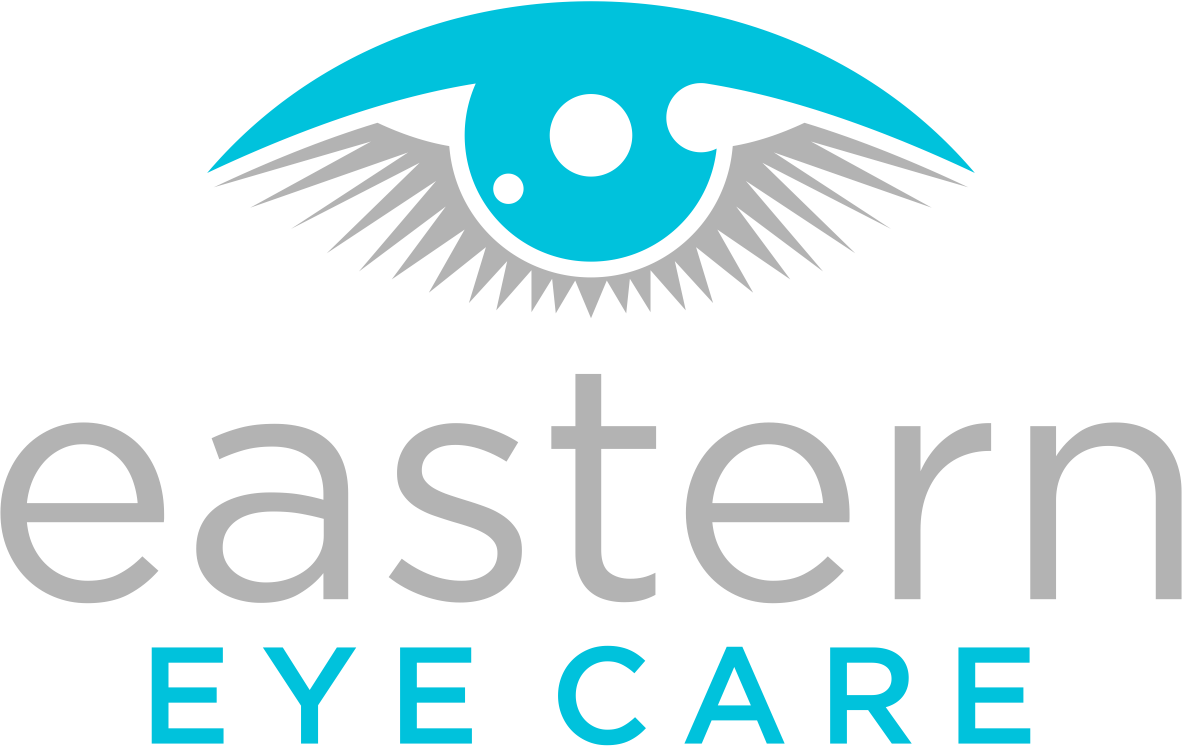
Patient Education Center:
Ocular health refers to the overall well-being and optimal functioning of the eyes and visual system. It encompasses various aspects of eye health, including maintaining good vision, preventing eye diseases, and promoting general eye care practices. Key points related to ocular health include:
Vision Care: Ocular health involves taking steps to preserve and enhance visual acuity. This includes regular eye examinations to assess vision and detect any refractive errors (such as nearsightedness or farsightedness) or other visual abnormalities.
Eye Disease Prevention: Ocular health emphasizes preventive measures to reduce the risk of eye diseases. This involves understanding common eye conditions such as cataracts, glaucoma, macular degeneration, and diabetic retinopathy, and taking appropriate actions to minimize their occurrence or progression.
Eye Hygiene: Maintaining good ocular health involves practicing proper eye hygiene. This includes washing hands before touching the eyes, avoiding rubbing or scratching the eyes excessively, and keeping contact lenses clean and well-maintained.
Protective Measures: Protecting the eyes from potential hazards is an important aspect of ocular health. This includes wearing appropriate eye protection during activities that pose a risk of eye injury, such as sports, construction work, or exposure to chemicals or debris.
Lifestyle Factors: Certain lifestyle choices can impact ocular health. Factors such as maintaining a healthy diet rich in nutrients that support eye health (e.g., vitamins C and E, omega-3 fatty acids), avoiding smoking, managing chronic conditions like diabetes, and protecting the eyes from excessive ultraviolet (UV) radiation all contribute to maintaining optimal ocular health.
Digital Eye Strain: With increased screen time, ocular health education emphasizes the importance of minimizing digital eye strain. Strategies such as taking regular breaks, adjusting screen brightness and position, and practicing the 20-20-20 rule (looking at something 20 feet away for 20 seconds every 20 minutes) can help alleviate eye strain associated with digital device use.
Early Detection: Regular eye examinations play a crucial role in detecting eye conditions early. Timely identification and intervention can prevent or slow down the progression of certain eye diseases, improving the chances of successful treatment.
Awareness of Warning Signs: Educating individuals about the warning signs of potential eye problems, such as blurry vision, eye pain, redness, sensitivity to light, or sudden changes in vision, helps promote prompt professional evaluation and appropriate management.
By promoting awareness, providing education, and encouraging proactive eye care practices, a focus on ocular health can lead to better visual outcomes, improved quality of life, and the prevention of vision loss or eye-related complications.













